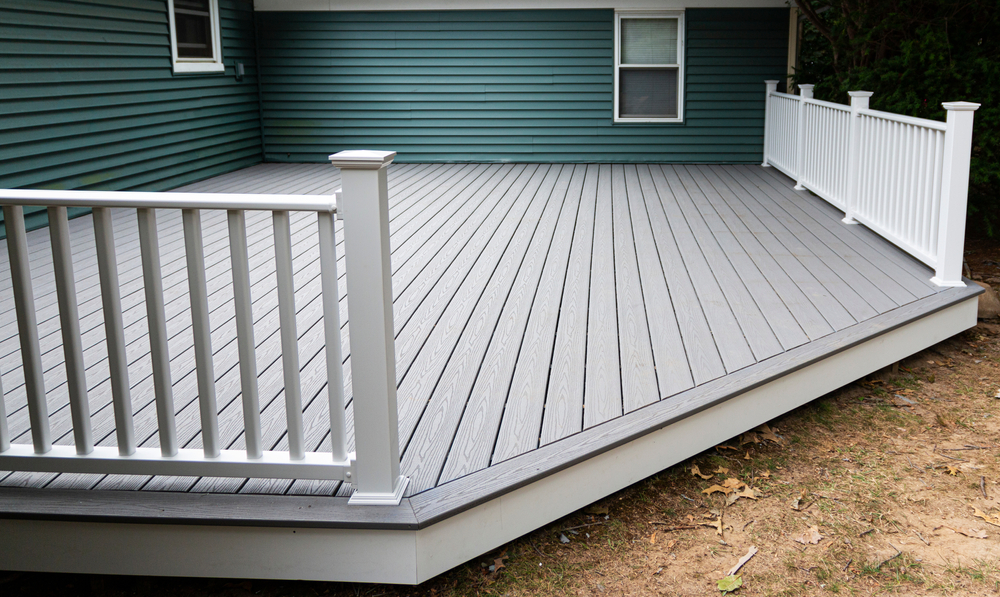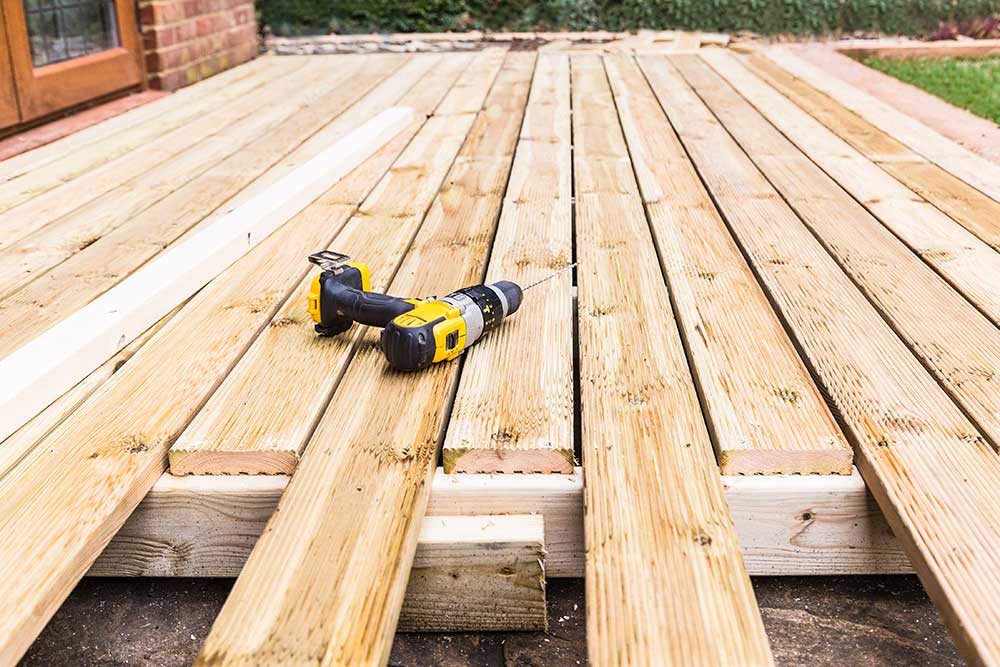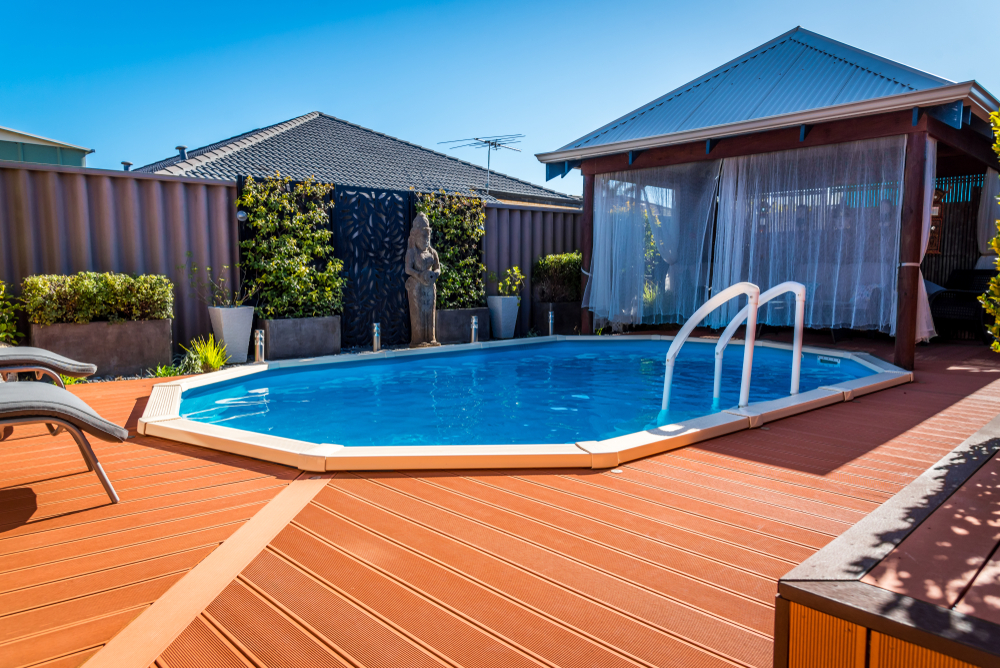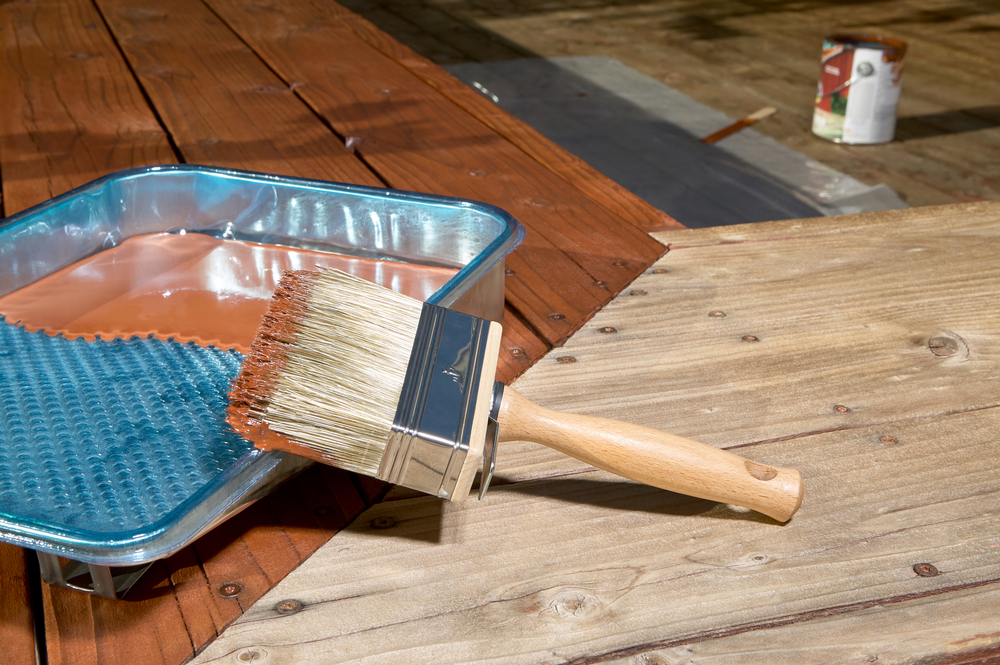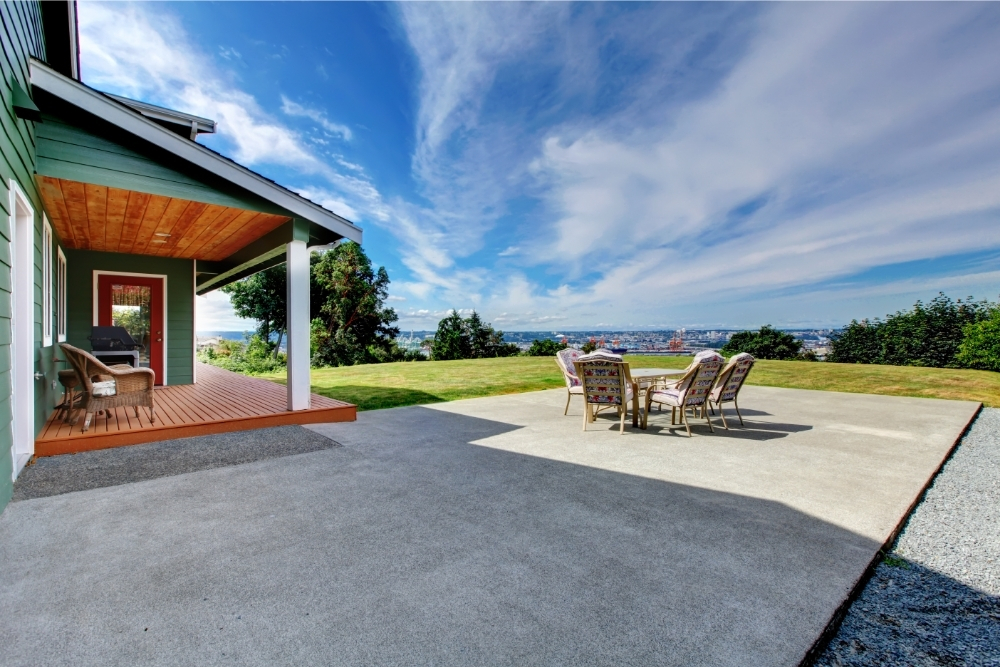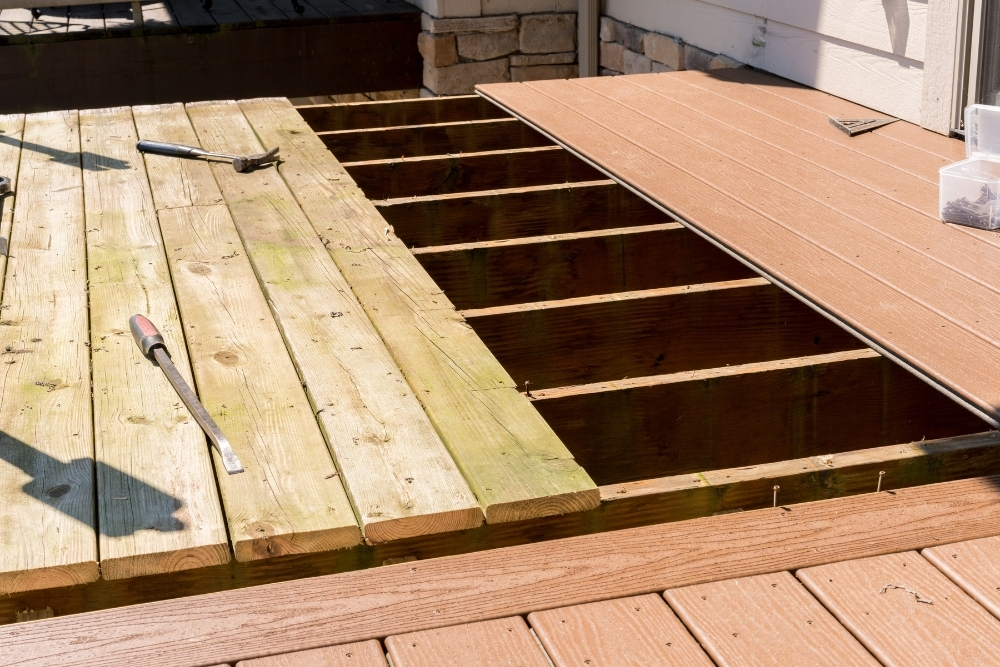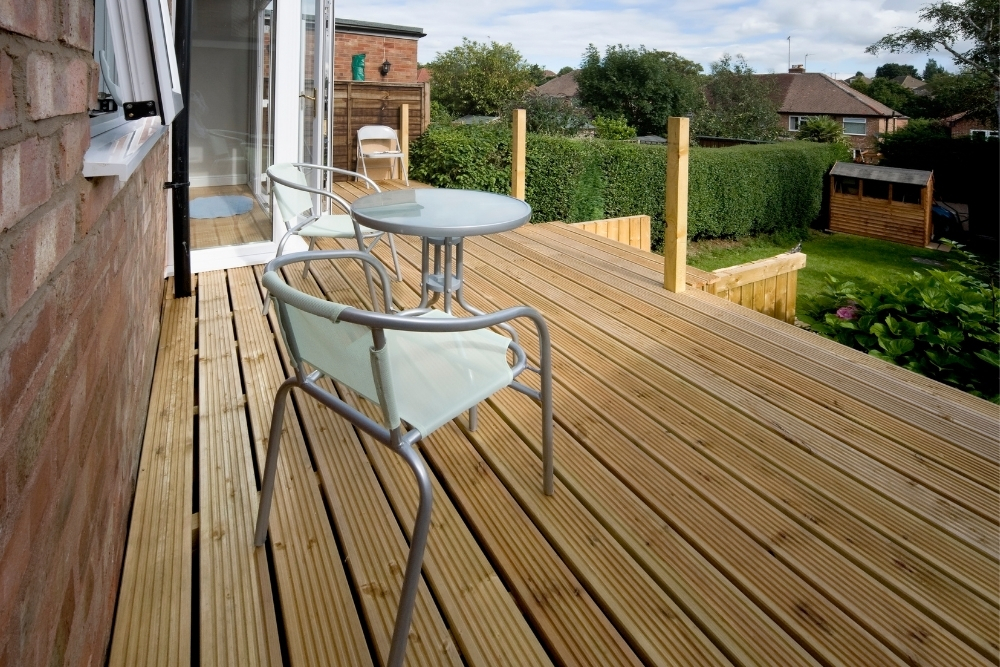Footings are an essential part of any large decking. Available in a variety of designs, from deck blocks to poured concrete, footings are there to support the structure of the deck from falling beneath the weight of people who stand on it. In the simplest of terms, footings are kind of like the legs of a table.
Despite the importance of footings, not all decks need footings to stand upright and hold the weight of humans. Whether it is safe or not depends entirely on the size and structure of the decking.
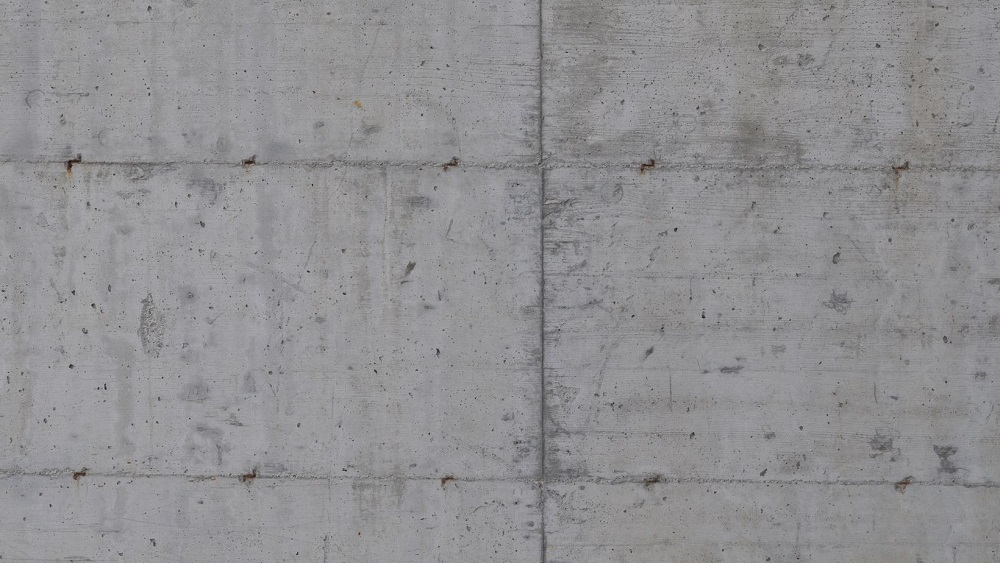
If you’re looking to build your own decking but you don’t like the idea of adding footings, here is our guide on whether you need footings for a decking and if it is safe!
What are footings?
If you’re new to the decking world, odds are you’re probably feeling a bit overwhelmed by the jargon. Footings, to put it simply, are like the legs of a table. They are used to support the structure of a large deck by both elevating it off the ground and preventing the deck from collapsing under the weight of humans.
The main reason why people don’t like to use footings on their deck is because of how deep they go into the ground. Footings must go below the frost line, which can be between 36-48 inches. While footings need to go so deep into the ground, they are an essential part of the decking structure to provide support.
Footings are also a permanent part of a yard once they have been installed. This means that for people who aren’t sure whether they want the decking to be permanent or not might hesitate to put in footings.
So…does my decking need footings?
Technically speaking, any deck can be built without footings. The only problem is, if the decking is large and elevated above waist height, then the lack of footings would contribute to the deck falling beneath the weight of humans.
For safety reasons, the only decking that can exist without footings is a small one. This means that a deck that is close to the ground and short in length should not require footings. Some people prefer this appearance for their decking to give the illusion of floating.
A larger deck that has a bigger surface area and is elevated higher than smaller decks will require footings for support.
In some cases, however, even a small deck might require the support of concrete blocks.
Why do large decks need footings?
There are several reasons why large decks need footings. The main reason, as we have explained, is to provide support to the surface area of the decking to prevent it from collapsing upon impact. This impact can be the weight of multiple humans and heavy items such as garden furniture and grills.
The way footings provide this support is due to how deeply they are dug into the ground. If the footings were balanced on top of the ground, or perhaps dug only several inches down, the deck would simply fall over. Think of the footings like the roots of a tree!
Not only can a deck without footings collapse under the weight of humans and garden furniture, but if the structure is particularly poor, it could even collapse under the stress of heavy winds and extreme weather. This is why most building codes require footings for decks, particularly large ones.
Why don’t small decks need footings?
We hear what you’re thinking: if large decks require footings, why not small decks? Won’t they collapse?
Small decks, unlike large decks, are only elevated several inches off the ground. Large decks, on the other hand, are usually elevated around waist height. The surface area of the deck size doesn’t matter too much when it comes to footings, but the smaller the surface area and the lower the height of the deck, the need for footings lessens.
When people talk about footings, they mostly refer to how footings are dug deep into the ground below frost level. Small decks don’t require anything that is dug that far into the ground, because it is unnecessary.
Instead, small decks are so close to the concrete or gravel surface that they won’t need anything dug into the ground to secure the decking. Most people opt for gravel underneath a small deck as gravel is better for draining the deck from water. Concrete surfaces underneath decks can often come with concrete supports that act as footings.
A small deck without footings is beneficial for some DIYers and homeowners because of the lack of permanence compared to large decks with footings. As there is nothing dug deep into the ground, the deck can be easily removed and adjusted through its lifetime. A deck without footings also makes for an easy installation.
The key to a small deck without footings is to make sure the ground is completely level. If the ground slopes, the deck will. This can become a safety issue as the lack of footings will encourage the sloped side to slope even more.
Is it safe to have a deck without footings?
The main reason why building companies and professionals will recommend installing footings is because of safety. If you were to walk on a large deck without footings, the deck is likely to collapse or move, resulting in injury and a lot of repairs.
Small decks, however, are far lower to the ground. This means that even if the deck were to collapse, the person won’t fall too far. While it is rare, it is still possible for a small deck without footings to collapse, which is why people will use concrete blocks hidden beneath their small decks for support.
Conclusion
The answer to this question is pretty straightforward: if you have a large deck, footings are required. If you have a small deck, footings aren’t necessary. It’s always better to be safe than sorry, which is why small decks are usually equipped with concrete blocks for additional support, but you won’t need to dig below the frost line for footings as with large decks!

